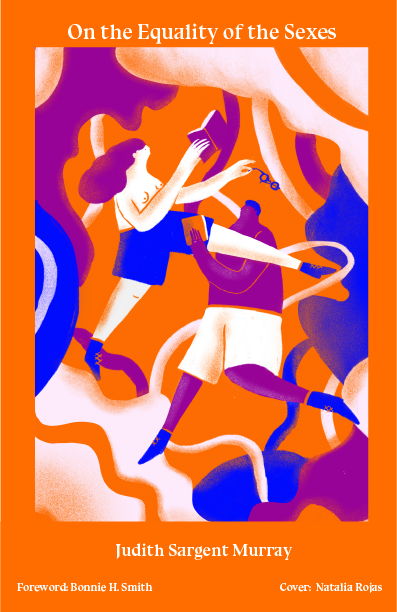
On the Equality of the Sexes
Judith Sargent Murray
- ISBN: 1231232131232112
- First published: 1790
- Publication date: 2018
Foreword: Bonnie Hurd Smith - President, Judith Sargent Murray Society
Cover: Natalia Rojas - Colombian artist and illustrator"

Foreword: Bonnie Hurd Smith - President, Judith Sargent Murray Society
Cover: Natalia Rojas - Colombian artist and illustrator"
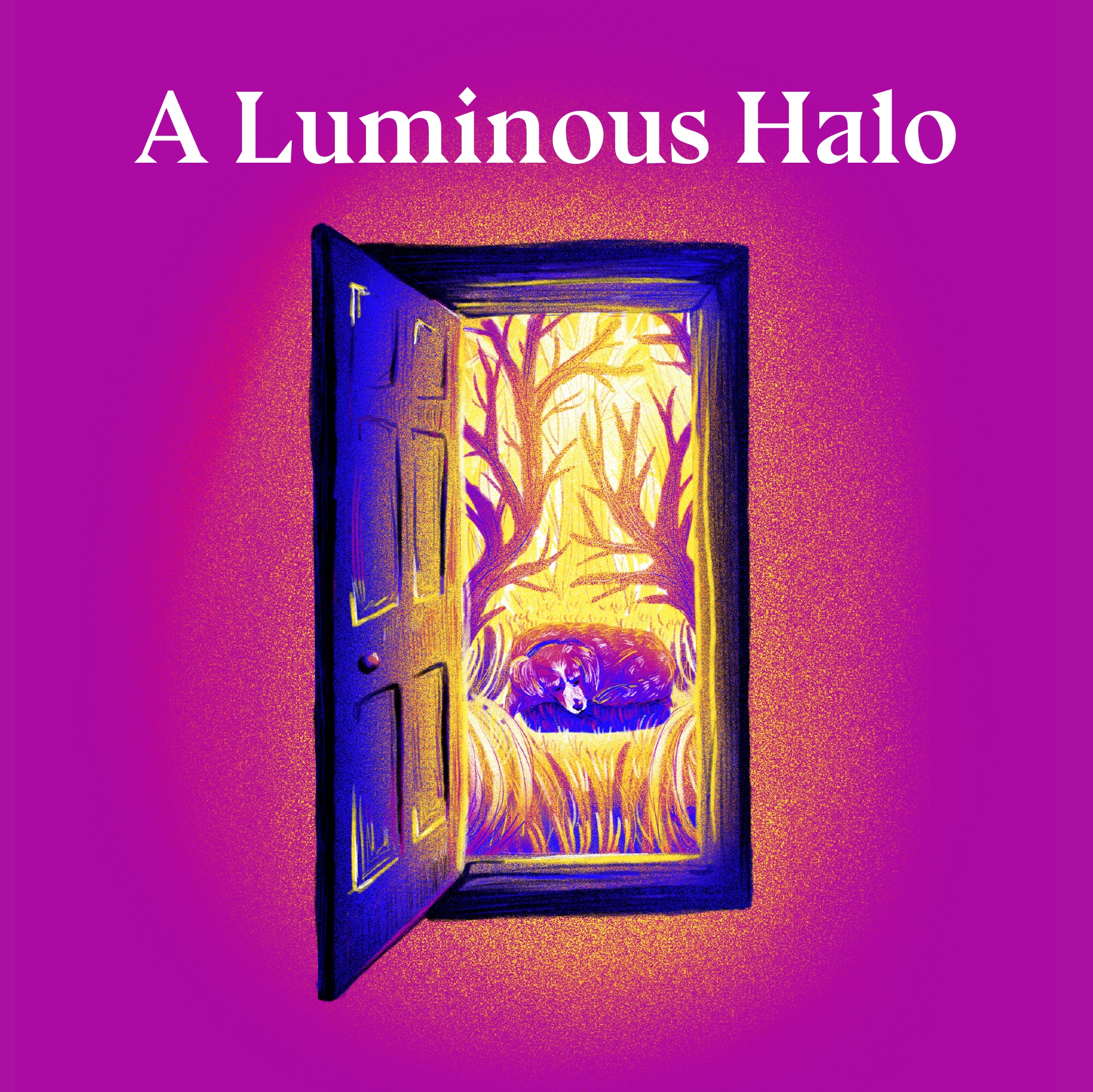
"Life is not a series of gig lamps symmetrically arranged; but a luminous halo, a semi-transparent envelope surrounding us from the beginning of consciousness to the end.”
A Luminous Halo presents a small collection of critical writings by a titanic figure in feminist literary history: the one and only Virginia Woolf (1882-1941). From "Modern Fiction" to "How Should One Read a Book?", "The Mark on the Wall," and more, these works are essential for any [common] reader hoping to "explore the ideas and challenges that ignited Woolf’s creative imagination—to dig into all the 'proper stuff' of life and art." Here they come together in one volume for the first time, selected and introduced by guest editor JoAnn Borri.
A paperback version, which includes the addition of the essay “Professions for Women" and the 1932 version of "How Should One Read a Book?" (revised by Woolf) is available to purchase.
This book is sponsored by and created in partnership with the Sitting Room Library in Penngrove, California. Home to the "Woolf Wall," extensive archives related to Woolf and other women writers, and thousands of books, the Sitting Room is dedicated to literature and art by women.
Cover illustration: "View from the studio at Monk's House" by Mariana Matos
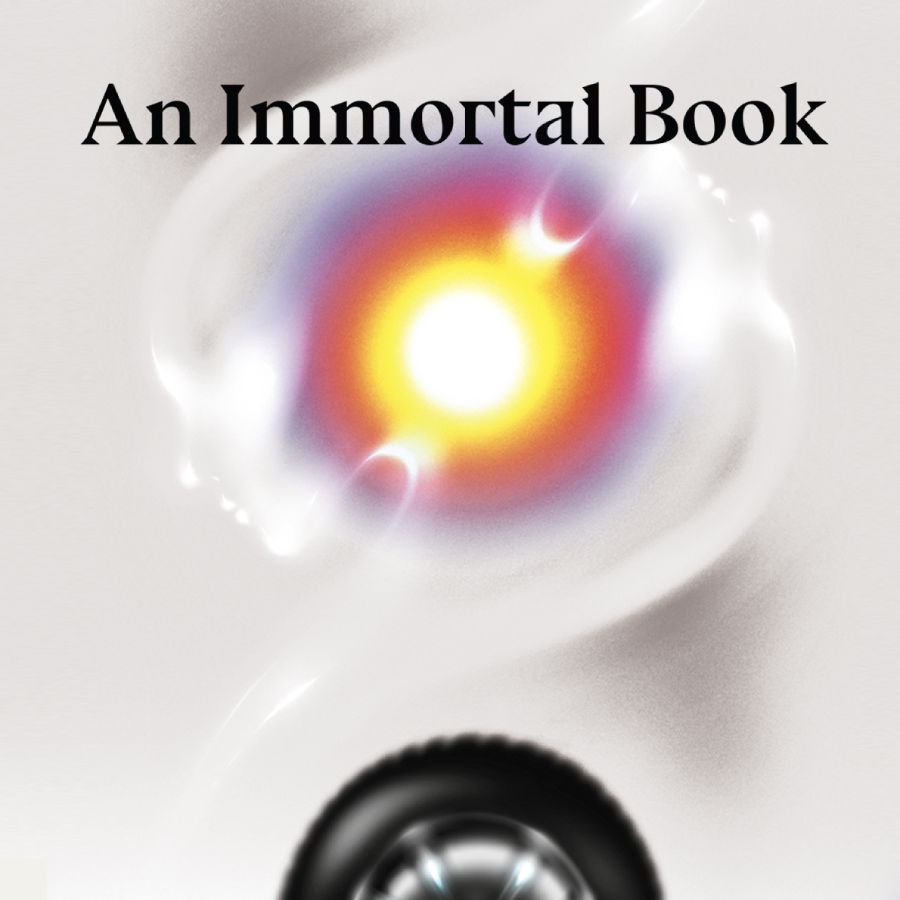
"Cita Press’ An Immortal Book: Selected Writings by Sui Sin Far brings together autobiographical essays and short stories from different periods in Eaton’s career, showcasing her range as a storyteller, thinker, and stylist. Revered for her contributions to Asian American and Asian Canadian literature, Sui Sin Far is also a key figure in early women’s journalism, literature, and feminism. A master at developing characters and rendering place, she grappled with themes of identity, race, class, gender, sexuality, and politics in ways that still resonate today."
Download our reading companion, "The Divine Right of Learning," for more background on Sui Sin Far, the history behind the stories, and reflections from writing and scholars working to recover Sui Sin Far's legacy.

Behind a Mask is one of the thrillers, mysteries, and sensational works Louisa May Alcott published under the pen name A.M. Barnard. It was first published in 1866, and then re-published in 1975 by scholar, rare book dealer, and biographer Madeleine B. Stern. Further readership and analysis of the novella has helped expand understanding of Alcott's work and interests. The story subverts expectations around gender performance, class, and heroism as it follows Jean Muir, a down-on-her-luck actress who disguises herself as a young governess and infiltrates a wealthy family.
The first open source book by women about cryptocurrency and cypherpunk pioneers. It includes a great array of international contributions from bitcoin developers and users, crypto entrepreneurs and community educators. The collection highlights the diversity of people involved with cypherpunk technology, meaning in their own ways they are all using privacy-enhancing technology to promote social change. And yet their motivations and circumstances are all wildly different. The tool enables self-sovereign financial choices, akin to independent birth control or career choices. For women brave enough to trust themselves, the world may now appear ripe for a new type of revolution.
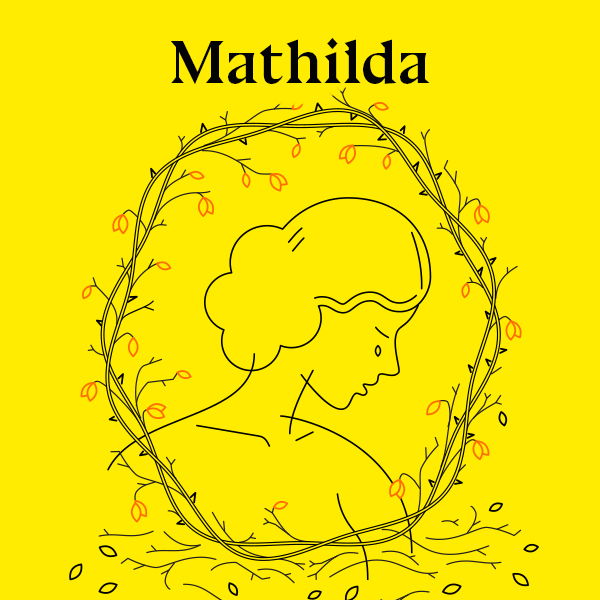
Mary Shelley wrote Mathilda from 1819-1820, shortly after her novel Frankenstein was an immediate popular hit—but it wasn't published until more than a century later. Narrated by a young woman on her deathbed, the novella explores grief, despair, and redemption. Despite its deployment of familiar Gothic themes like suicide, incest, and a woman withering away, its framing is frequently read as a feminist reclamation of the genre.
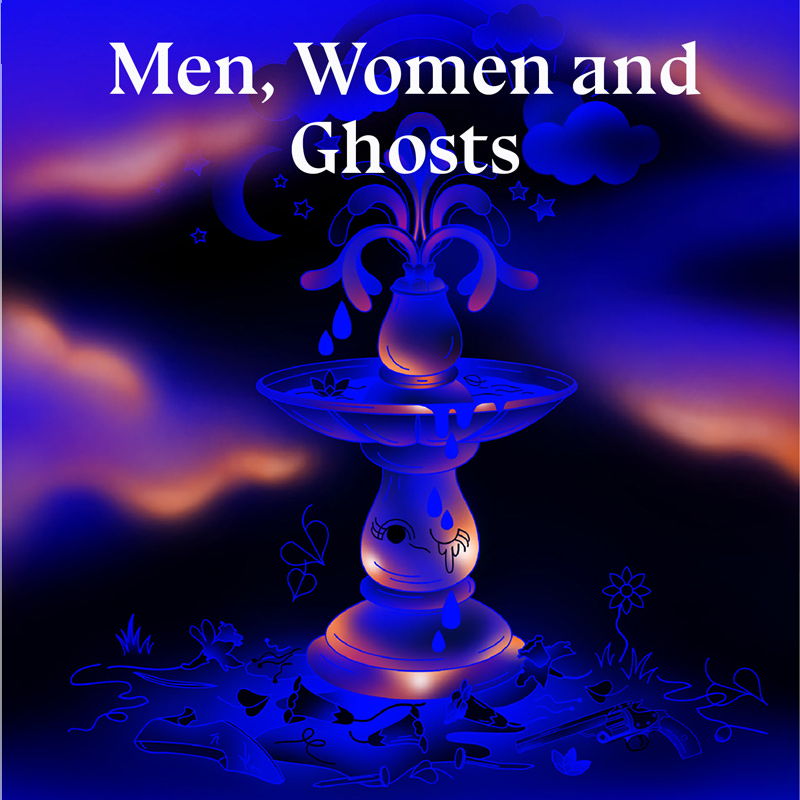
"This is a book of stories. For that reason I have excluded all purely lyrical poems. But the word 'stories' has been stretched to its fullest application. It includes both narrative poems, properly so called; tales divided into scenes; and a few pieces of less obvious story-telling import in which one might say that the dramatis personae are air, clouds, trees, houses, streets, and such like things." -Amy Lowell

“To have [Zitkála-Šá’s] work collected here now speaks to the tenacity of her spirit, her insistence on being heard across generations. Speaking of herself, of her world, she teaches us how to be now.” –Erin Marie Lynch, foreword
Planted in a Strange Earth: Selected Writings by Zitkála-Šá brings together fiction, nonfiction, and poetry by one of the most influential yet underappreciated activist-artists of the twentieth century. Zitkála-Šá (also known as Gertrude Simmons Bonnin, 1876-1938) spent her early years on the Yankton Indian Reservation before becoming a pupil, teacher, and reluctant poster child of the Indian boarding school system. Her first national publications marked a definitive break with the oppressive ideas behind her education, and her early fame as a musician and writer evolved into a decades-long political career fighting for Native rights.
The collection focuses on the author’s writing on assimilationist projects of the late nineteenth and early twentieth century and their impact within Native communities and individuals. Zitkála-Šá’s voice is lyrical, bold and fresh–even over 100 years after initial publication. Her writing captures the intense beauty and pain of growing up and explores what it means to forge an identity in the face of cultural erasure. These are essential feminist texts that dig into the cruel tensions of an era through the eyes of an author who spent a lifetime “actively testing the chains which tightly bound [her] individuality like a mummy for burial.”
Designer Kassie John created a special zine for this collection that readers can download, print, and fold into a free mini-book at home (complete with a coloring page illustration of Zitkála-Šá!).
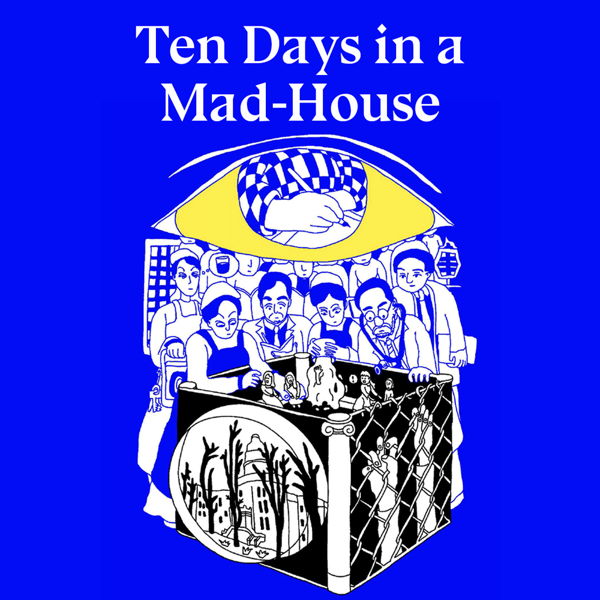
Ten Days in a Mad-House compiles Nellie Bly's reporting from her first undercover assignment for the New York World in 1887. She disguised herself as "a crazy person" in order to get herself admitted to the Women's Lunatic Asylum on Blackwell's Island (now Roosevelt's Island). She spent ten days there as a patient before the World secured her release. Her articles led to a grand jury investigation and a major budget expansion for New York State asylums.
While Bly's projects were often framed as stunts— by her paper and others—Ten Days is a serious examination of what happens to women that society finds inconvenient (whether or not they have an illness). Bly describes her experience with frank horror while also deploying her trademark observational humor, trained on the absurdity of the institution and the people who uphold its abuses. Cita's edition positions this landmark text within the tradition of feminist literature about women's experiences with mental illness, mental health treatment, and in mental institutions.

"The thing about Stein, our dear friend Gertrude, is she made a lot of things possible. Changed what language could be, and what grammar could be. Didn’t give a shit about the rules of language and lived with her boo when people really hated lesbians." - Gabrielle Welsh

"I have tried in this little volume to explain aesthetic preference, particularly as regards visible shapes, by the facts of mental science. But my explanation is addressed to readers in whom I have no right to expect a previous knowledge of psychology, particularly in its more modern developments. I have therefore based my explanation of the problems of aesthetics as much as possible upon mental facts familiar, or at all events easily intelligible, to the lay reader."
Vernon Lee's 1913 text examines the nature of beauty and our response to it--examining taste, emotional responses, and debates around artistic value.

"Read together, the reflections of the Nobel women reveal a range of ideas about what literature can do and a sense of a practitioner's responsibility to these ideas. While the lectures vary widely in content-from Lessing's and Gordimer's concrete political lessons to Szymborska's larger abstract musings to fables personal (Müller) and universal (Morrison)-each contains observations that are at once totally complex and recognizably true." - Jessi Haley
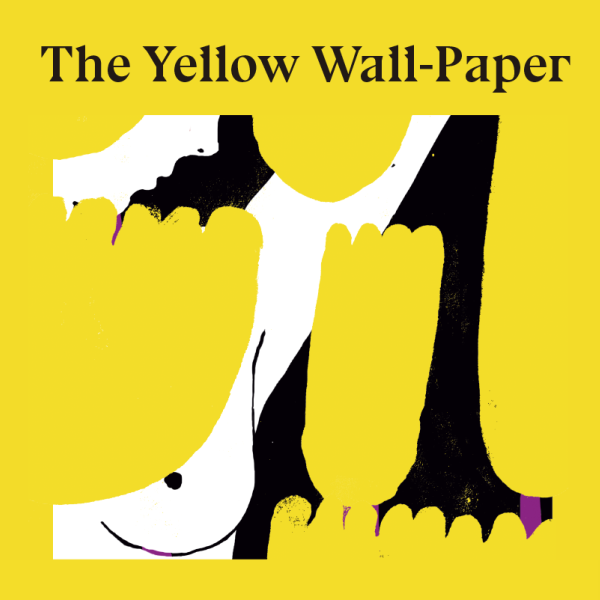
“'The Yellow Wall-Paper' (1892) holds an important place among rediscovered works by turn-of-the-century American women writers for its bold critique of gender politics in a patriarchal society. The nameless narrator, undergoing the infamous rest cure for what doctors now diagnose as postpartum depression, experiences debilitating psychological effects. At first repulsed by the wallpaper in the room where she is sequestered in a country estate, the narrator comes to like it as she vows to decode its pattern—she imagines many women creeping behind bars and identifies with one trapped woman, arguably a reflection of her painful position as a woman in Victorian America. Many of the story’s first readers considered it a psychological horror tale in the fashion of Poe." - Catherine J. Golden
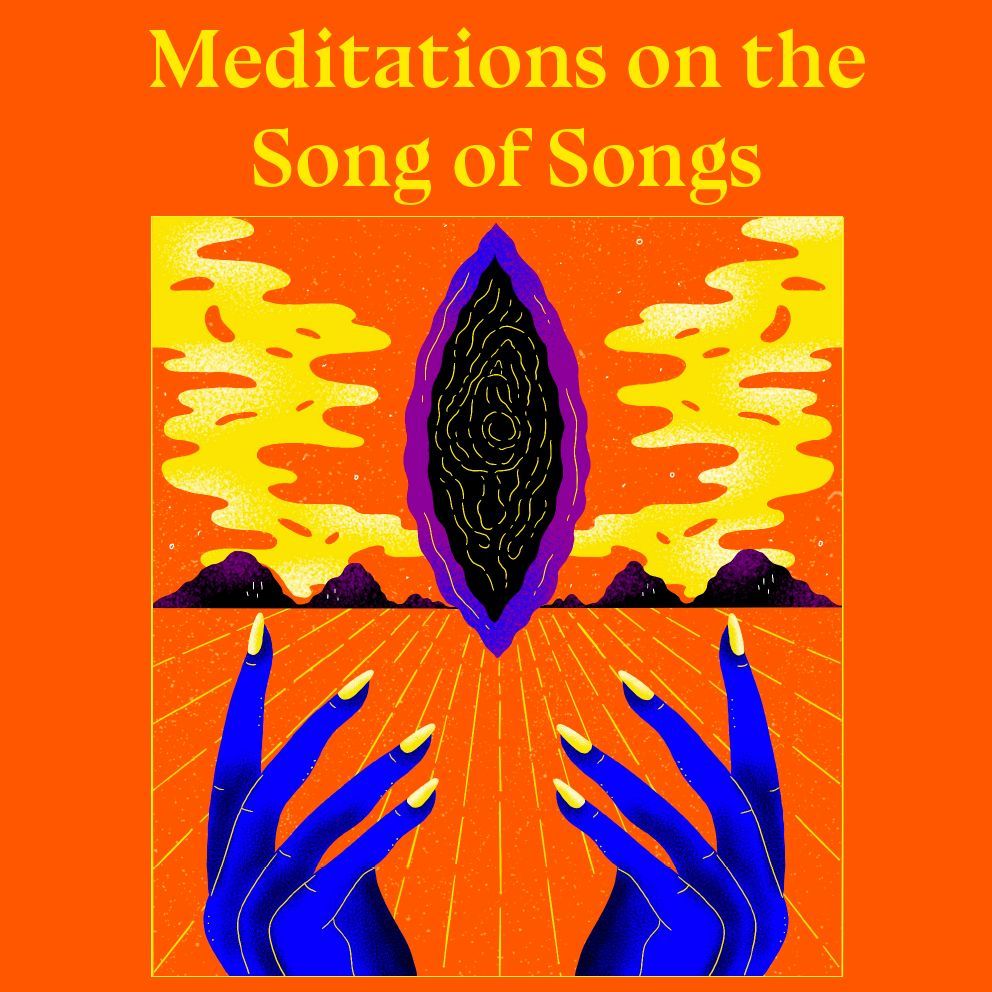
"Santa Teresa’s trajectory of personal survival is as miraculous as the survival of her Meditations. Despite almost disappearing into flames ignited by the zealous orthodoxy of some confessor, this text reaches us today, after four and a half centuries of vicissitudes. And what better way to celebrate its continued existence than through this digital edition, available from anywhere in the world to any reader with access to a device with the internet?" - Ana María Carvajal
Watch our behind-the-scenes exploration with Ana María Carvajal and Catalina Vásquez!
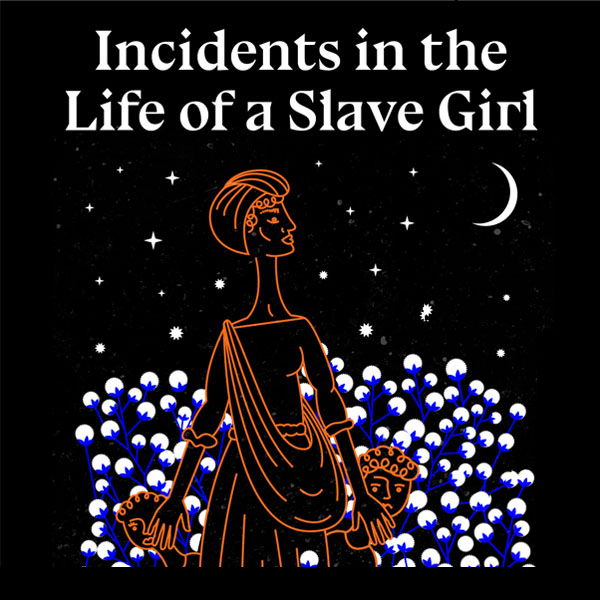
"The first time I read Incidents in the Life of a Slave Girl I was in an undergraduate women writers course at the University of North Carolina Greensboro in 2004. My coming into consciousness as a Black feminist had not yet revealed itself; however I knew that Jacobs’ story of strength, perseverance, and courage would beckon me to pick it up again and again throughout my life. Jacobs’ writerly voice, deeply multilayered, was doing many things: championing the cause of the enslaved, actualizing her own plight as a survivor, and redeeming herself as woman." -Dr. Christy Hyman
Harriet Jacobs' 1861 autobiography is a landmark text for the U.S. abolitionist movement that continues to inspire and influence art, scholarship, and literature nearly two centuries after it was first published under the pseudonym Linda Brent.
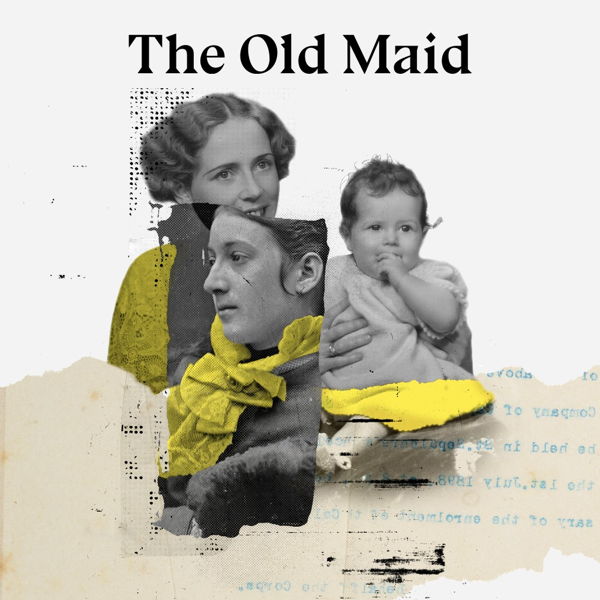
"This story is not about a bygone society’s oppressive strictures, but, rather, about its piecemeal accommodation of subversive actions and vehement passions." - Krithika Varagur
"The Old Maid" is the second novella in Wharton's 1924 quartet Old New York; each story in the collection represents a decade in "Old New York" society from the 1840s to the 1870s. In this novella (originally subtitled "The Fifties"), Delia and Charlotte conspire to raise Charlotte's secret daughter without activating suspicion within their exacting, closed social circle. Wharton expertly digs into her characters and the social contradictions they exploit to protect their family in a story that is as biting as it is tender and, at times, triumphant. Playwright Zoë Akins won a Pulitzer Prize for her adaption of the book in 1935, and a film starring Bette Davis and directed by Edmund Goulding came out in 1939. We are thrilled to bring this book to new audiences with a free, open access edition available online to all readers with an internet connection.
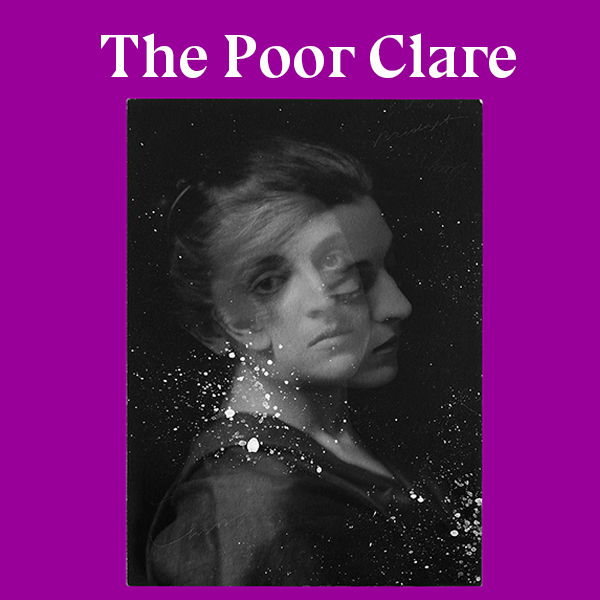
Family curses, demonic doppelgangers, lingering loss, and redemption--Gaskell's 1856 gothic ghost story presents a suspenseful tale with a feminist frame. The anchor to the story is Irish servant Bridget FitzGerald, whose power and fierce pain drives the story's conflict and, ultimately, its resolution, influencing the fates of entire families and towns.
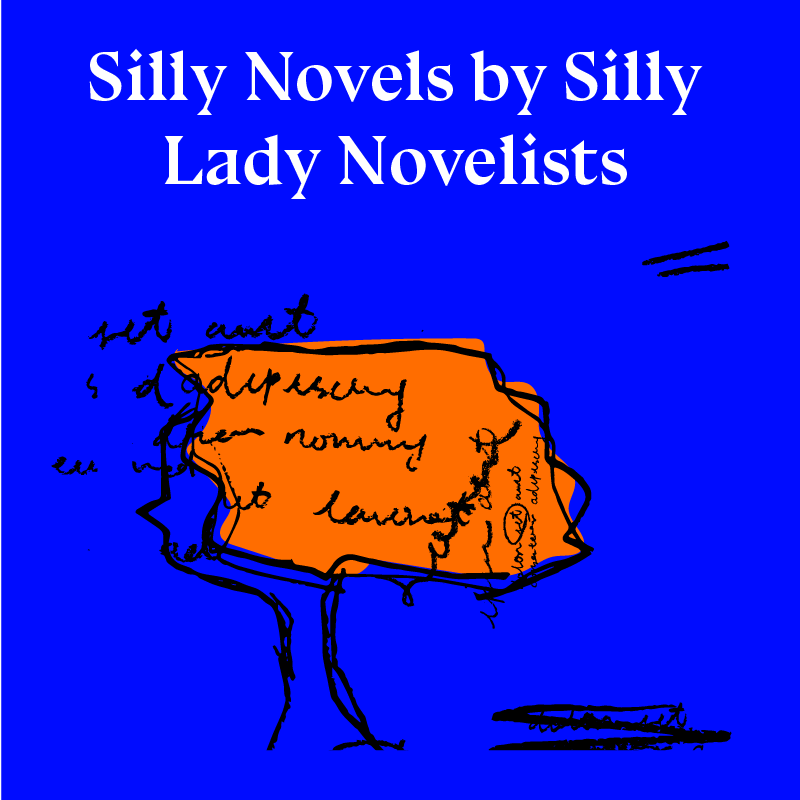
"No educational restrictions can shut women out from the materials of fiction, and there is no species of art which is so free from rigid requirements."
"Silly Novels by Silly Lady Novelists" appeared anonymously in the Westminster Review in 1856. The essay argued that contemporary popular novels for and by women played into tropes and assumptions that undercut the actual aptitudes of women in a frustrating and, ultimately, dangerous way. The author, Mary Ann Evans, deployed a wit and honesty that she would later use to examine the foibles of a wide range of characters in the realist novels she published under her now-famous pseudonym: George Eliot.
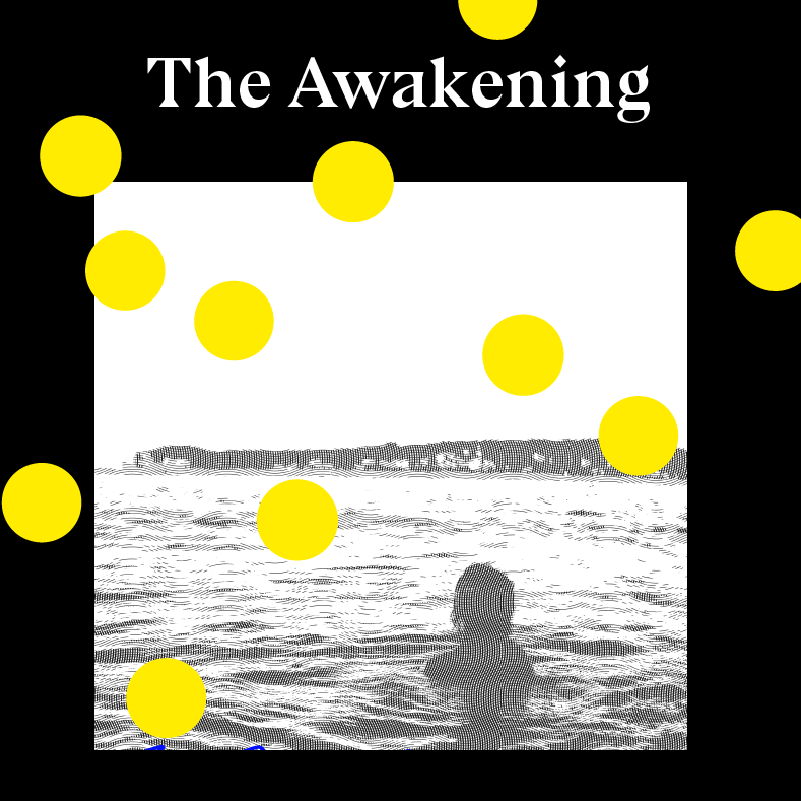
"Passion’s necessity may be one of the lessons we can take from Chopin’s controversial text, but certainly it is not the only lesson. The novel emerged from obscurity like a different kind of storm: taking the literary world to new heights and awareness of what women writers could do." - Heather Ostman
Kate Chopin's 1899 novel tells the story of Edna Pontellier as she seeks to expand her life beyond the boundaries of Creole society and the restrictive expectations for wives and mothers. Called everything from "poison" to ""not altogether wholesome in its tendencies" upon publication, The Awakening is now recognized as a classic of feminist literature that also laid the stylistic foundation for modernist Southern fiction.